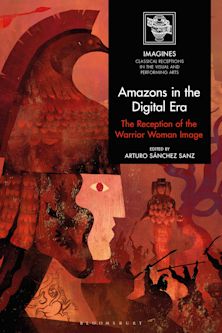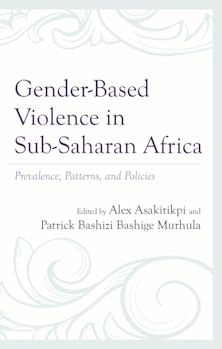- Home
- ACADEMIC
- Gender & Sexuality Studies
- Gender and Sexuality Studies - Other
- Women and the Codification of the Amazigh Language
Women and the Codification of the Amazigh Language
This product is usually dispatched within 1 week
- Delivery and returns info
-
Free US delivery on orders $35 or over
You must sign in to add this item to your wishlist. Please sign in or create an account
Description
Often associated with the ‘rural’, the ‘exotic’ or the ‘folkloric’, Amazigh women’s ancestral art of weaving has not received much attention in Amazigh Studies. Drawing on primary sources, manuscripts, and printed texts, in libraries and archives, this book sheds new light on Amazigh women’s weaving practices, arguing that it was the ancestral rug designs that inspired the Amazigh alphabet Tifinagh. In doing so, the author reveals the active role women played in the process of codifying the Amazigh language. This book is of interest to scholars in Amazigh studies, women’s history, anthropology, and linguistics.
Table of Contents
The Amazigh People and Their Language: A Historical Context
Chapter Two
Amazigh Women Between the Production of Culture and the Production of Knowledge
Chapter Three
The Amazigh Alphabet Tifinagh
Chapter Four
Amazigh Women’s Rug Designs and Their Meanings
Chapter Five
Women’s Codification of the Amazigh Language
Chapter Six
Conclusions
Product details
| Published | Aug 22 2024 |
|---|---|
| Format | Hardback |
| Edition | 1st |
| Extent | 170 |
| ISBN | 9781666917710 |
| Imprint | Lexington Books |
| Dimensions | 9 x 6 inches |
| Series | After the Empire: The Francophone World and Postcolonial France |
| Publisher | Bloomsbury Publishing |
About the contributors
Reviews
-
In this study, weaving is both a paradigm and a methodology. Through the act of weaving history, archeology, linguistics, and women studies, Sadiqi brings together these disciplines and makes them speak to each other to create a scholarly tapestry where women and North Africa are finally at the center of the work. For Sadiqi, women’s agency is central in the production of knowledge and in preserving and transmitting the Tifinagh alphabet which ensured the survival and vitality of the Amazigh culture, which has been based on a linguistic unity. This groundbreaking book will undoubtedly contribute to a reimagining of the history of North Africa, its culture, and the role of women within both.
Fazia Aïtel, Clairemont Mckenna College

































